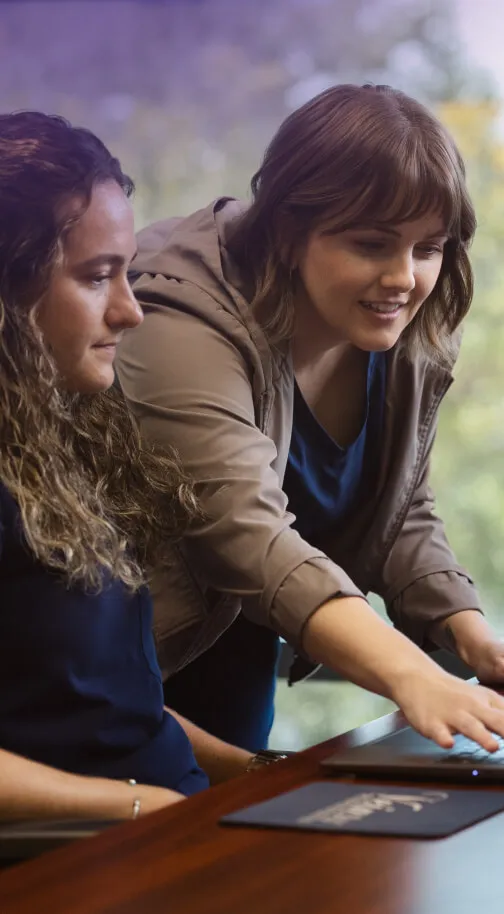Bringing medical illustrator tools into the clinical workflow
Clinicians rely on more than text to capture and communicate patient findings. A quick sketch can highlight an injury, map a rash, or illustrate a surgical site far more clearly than words alone.
In the past, drawing tools were clunky, disconnected, or too limited to fit naturally into documentation. That slowed encounters and made it harder to capture details at the right moment.
Now, easy anatomical drawing is embedded directly into the patient chart. Clinicians can draw within the history of present illness (HPI), review of systems (ROS), and physical exam — creating fast, reliable, and specialty-specific documentation that supports better care.
Clinicians rely on more than text to capture and communicate patient findings. A quick sketch can highlight an injury, map a rash, or illustrate a surgical site far more clearly than words alone.
Specialty benefits: precision where it matters most
Anatomical drawings make a measurable difference in specialties that rely on visual detail:
- Orthopedic clinicians can mark fracture lines, highlight soft tissue swelling, and track post-surgical healing across visits, giving a clear visual record of patient progress medical tools drawings.
- Dermatologists and wound care providers can map lesions or ulcers with precision, track changes over time, and note biopsy or excision sites, ensuring that subtle changes are never overlooked.
- In women’s health, including OB/GYN and urogynecology, anatomical drawings help clinicians document cervical lesions, monitor incision healing after C-sections, and annotate pelvic floor assessments for surgical planning.
By visually capturing findings across multiple visits, clinicians can enhance clarity, support better care handoffs, and communicate more effectively with patients.
These improvements can reduce ambiguity, streamline collaboration among providers, and make charting both faster and more accurate — all while preserving the nuance that text alone can’t capture.
What makes the athenaOne medical illustrator tool different
Most drawing tools in EHRs sit on the sidelines — disconnected from the chart, slow to load, or too limited to be useful in day-to-day practice. Clinicians often resort to workarounds, whether sketching on paper, uploading scanned images, or trying to force generic diagrams into highly specialized workflows. These gaps cost time, reduce accuracy, and add friction to the encounter.
The athenaOne® jotter tool takes a different approach. Drawings live directly within the HPI, ROS, and physical exam, so clinicians can capture visual details at the exact moment they’re documenting. The interface is streamlined for speed and reliability, with editing tools that feel natural on devices like the iPad and Apple Pencil.
Unlike generic templates, the clinical sketch pad includes specialty-specific options — from musculoskeletal diagrams for orthopedics to dermatologic and obstetric templates. Clinicians can also upload their own images, ensuring the workspace adapts to their practice rather than the other way around.
By combining reliability, flexibility, and specialty coverage, the jotter tool for quick sketches turns anatomical drawings into a seamless part of clinical documentation, not an extra task layered on top of it.
The future of anatomical documentation
Anatomical drawing is evolving into a core part of how clinicians capture and share clinical observations. The next wave of annotation tools will bring richer visuals, more detailed templates, and greater flexibility across specialties. Here are some examples:
- For women’s health, these advances could mean clearer depictions of pelvic anatomy for surgical planning or more precise documentation of obstetric exams.
- In orthopedics, multi-view diagrams could help track complex injuries from multiple perspectives.
- In dermatology, tracking dermatologic changes with color-accurate illustrations makes subtle shifts more difficult to miss.
Each step forward brings visual documentation closer to the way clinicians observe the human body — with clarity, context, and precision that words alone can’t provide.
A smarter way to document
Every minute spent navigating clunky tools is a minute taken away from patients. By embedding a clinical sketch pad directly into the workflow, clinicians can document faster, capture details more accurately, and avoid the frustration of switching between systems or relying on workarounds.
The result is more than a better chart. It’s a smoother encounter, less administrative drag, and greater confidence that critical details are preserved. For many clinicians, that translates into meaningful time saved each day and a more satisfying documentation experience overall.
Discover how athenaOne documentation tools — like the jotter tool, which opens the clinical sketch pad — can help your practice work smarter and deliver better care.











